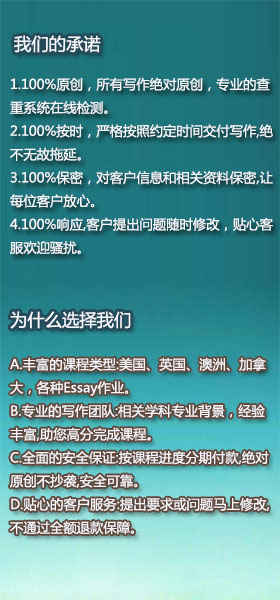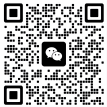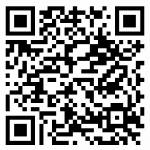EssyQuality提供:加拿大代考、加拿大网课代修、exam代考、、exam代考,留学生网课作业代写,网课代考、澳大利亚dissertation代写,澳大利亚网课代修、exam代考、、exam代考,澳大利亚网课作业代写 、北美教育学report代写,education代写,网课作业代写,网课大修、apa格式写作、mla格式写作、代考、exam代考、paper代写、assignment代写、exam代考、网课托管、online exam代考、online exam代考、quiz代考,Exam代考。。。
orate Identity. A variety of functions are unknown in organizations and therefore not used. Examples for such functions are the interactive visual exploration of data, the mapping of information to present both an overview and detail, the use of Visual Metaphors to transfer and remember complex concepts, or visual Storytelling to disseminate knowledge.
4.2 Inter-functional communication
Today, the transfer of knowledge needs to overcome another difficult problem: The varying needs and backgrounds of the addressed recipients. In general individuals can only understand something, if it can be connected to something they already know. But this differs. Therefore knowing and addressing the background and the context of the individual recipient is decisive. This results in a complex task for the visual knowledge transfer: On the one hand the visual formats need to be target 怎么写留学作业roup specific, which will result in different formats and different amounts of information depicted; on the other hand these contents that are presented to the different stakeholders should not be contradictory.
4.3 Information overload
Today, we are surrounded by information, but still have a limited capacity (and time) for absorbing new information. In its worst scenario it can lead to an information paralysis where people cannot pickup relevant information anymore. This so called information overload is a predominant problem in organizations. On the one hand we can perceive an increasing quantity of information; on the other hand we can indicate a decreasing quality of the information provided. As a consequence it is hard for recipients to identify the relevant information. The needs, in regard to information overload, are to catch the attention, to offer strategies to better filtering and exploring potentially relevant information, and to improve the information quality systematically. To do so, it is important to prevent misunderstanding, misinterpretation, and misuse of information.
5. Knowledge Visualization Framework
For an effective transfer of knowledge through visualizations four perspectives (Figure 1) should be considered, which are based on four relevant questions:
Why should knowledge be visualized? (aim)
What type of knowledge needs to be visualized? (content)
Who is being addressed? (recipient)
What is the best method to visualize this knowledge? (medium)
These questions lead to the Knowledge Visualization Framework, which is grounded in previous frameworks [Burkhard, 2004; Eppler and Burkhard, 2005] and can be seen in Figure 1.
Figure1: The Knowledge Visualization Framework
The Knowledge Visualization Framework consists of four perspectives that need to be considered when creating visual representations that aim to transfer and create knowledge: A Function Type Perspective answers why a visualization should be used, a Knowledge Type Perspective clarifies the nature of the content, a Recipient Type Perspective points to the different backgrounds of the recipient/audience, and finally the Visualization Type Perspective structures the main visualization types according to their individual characteristics.





